Influence Of Spiral Classifier Structure On Classification Efficiency
The influence of spiral classifier structure on classification efficiency is mainly reflected in three factors: the inclination angle of the spiral classifier trough, the height of the overflow weir, and the spiral speed. The principle of a spiral classifier is to classify materials by using the difference in the settling speed of solid particles in liquid. The classification effect ofthe spiral classifier will directly affect the qualified product content in the returned sand, thus affecting the grinding operation efficiency.
The influence of spiral classifier structure on classification efficiency
1. The trough inclination angle
The inclination angle of the spiral classifier’s trough affects the sedimentation area of the classifier. However, since the spiral classifier trough is fixed after installation, the inclination angle of the classifier trough needs to be adjusted to a suitable angle during installation. Generally speaking, the installation angle of the spiral classifier should be between 16-18°.
If the inclination angle of the spiral classifier is too large, the sedimentation area will be reduced, the coarse-grained material will slide down easily, the overflow particle size will become coarser, but the fine-grained material in the returned sand will also be reduced accordingly. On the contrary, if the inclination angle is too small, the sedimentation area is large, the overflow particle size is finer, and the amount of fine-grained materials in the returned sand will also increase. Therefore, when designing a concentrator, the inclination angle must be determined comprehensively based on the properties of the material, the grading fineness, and other factors.
2. Height of overflow weir
The common spiral classifiers include the high-weir spiral classifier and the submerged spiral classifier. The high weir spiral classifier is suitable for coarse particle classification, and its overflow particle size is generally larger than 0.15mm. The submerged spiral classifier is suitable for fine particle classification, and its classification particle size is generally less than 0.15mm. The common point between the two is that the height of the overflow weir will affect the sedimentation area.
The overflow weir is raised, the sedimentation area is increased, the volume of the classifier is increased, and the overflow particle size becomes finer. The overflow weir height of the high weir spiral classifier is usually controlled in the range of 400-800mm. The overflow weir height of the submerged spiral classifier is generally between 930-2000mm.
3. Screw speed
The screw speed will directly affect the liquid surface agitation and the ability to transport and return sand. In actual production, both the overflow fineness and the return sand productivity must be met. The faster the speed, the higher the sand return capacity, but the enhanced stirring effect will lead to more coarse particles in the overflow. Generally, the spiral speed should be controlled within the range of 1.5-10r/min.


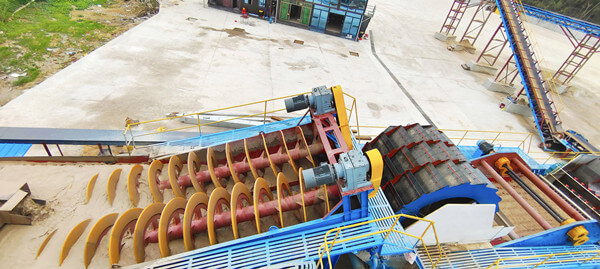
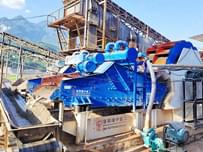
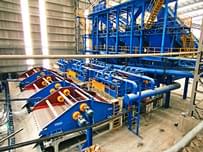
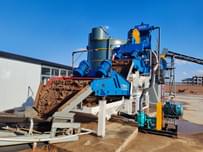
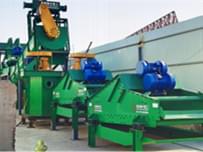
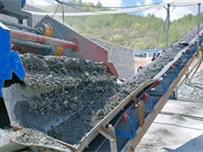
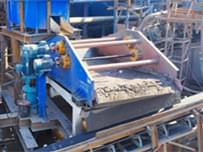
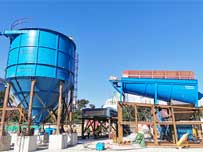
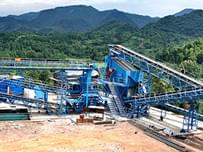




Send Message
Please write down your requirement and contact details in the following form. You can also send a message to us by this email export@lylzzg.com, we will reply to you within 24 hours.